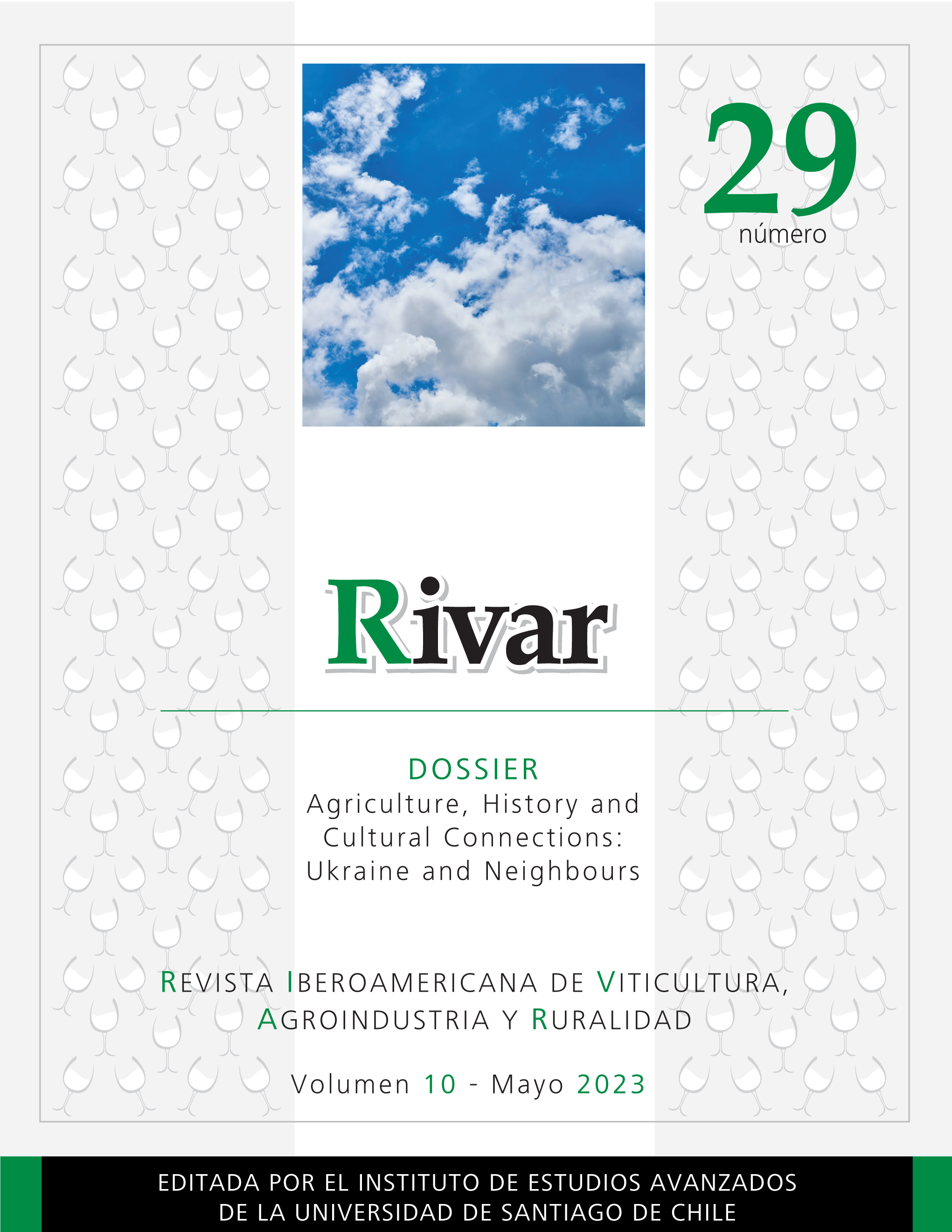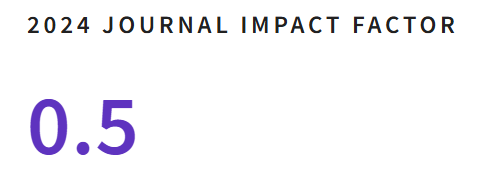Topical Symbols of Kyiv as a Tourism Brand
DOI:
https://doi.org/10.35588/rivar.v10i29.5755Palavras-chave:
recreation, identity, place branding, urbanism, greeningResumo
El foco en una marca, tanto desde la teoría como desde los profesionales que la aplican, se ha mantenido en un alto nivel entre los años 2000 y 2010. Varias ramas sobre teorías de marcas han surgido, y la marca de lugar se encuentra entre estas propuestas. Actualmente, la marca de lugar se ha convertido en un término genérico para tres áreas de estudio y práctica: marca nacional, marca regional y marca de ciudad. Cada año, nuevos especialistas científicos, periodistas, artículos de negocios y libros sobre marcas emergen, sumando varias revistas especializadas sobre el tema. El presente estudio propone como objetivo identificar los más relevantes y significativos símbolos de la capital de Ucrania, Kiev, como marcas de turismo. Para ello fueron aplicadas encuestas y análisis de literatura y medios masivos de comunicación, y se determinan los segmentos y subsegmentos clave del público objetivo de la marca turística de Kiev, así como los factores clave de influencia en la formación de opiniones sobre símbolos turísticos de esta ciudad, comparando el símbolo popular más común con los recursos efectivos locales. Consideramos entonces que es apropiado mantener un conjunto de aspectos relevantes para el desarrollo de una marca efectiva en la ciudad de Kiev.
Downloads
Referências
Adme.ua (2012). “New Logo of Kyiv. The Option from the Company Fedorov.” In http://www.adme.ua/logotip/novyj-logotip-kieva-variant-ot-kompanii-fedorova-karandashdesignbureau-82505 (accessed 04/20/2023).
Almeyda-Ibáñez, M. and Babu, G.P. (2017). “Place Branding in Tourism: A Review of Theoretical Approaches and Management Practices.” Tourism & Management Studies 13(4): 10-19. DOI https://doi.org/10.18089/tms.2017.13402
Anholt, S. (2010). Places: Identity, Image and Reputation. London, Palgrave Macmillan.
Ashworth, G. and Voogd, H. (1990). Selling the City: Marketing Approaches in Public Sector Urban Planning. London, Belhaven Press.
Auanasova, A.; Ayagan, B. and Nurpeisov, E. (2019). “Bases and Legal Status of State Symbols of Kazakhstan: Histocal and Legal Discourse.” Istoriya, 10(1).
Bigmirnet (2017). “Rating by Media Group and Periodicals.” In http://top.bigmir.net/show/mass_media/?u=9&t2=0&o=h (accessed 04/04/2023).
Braun, E.; Kavaratzis, M. and Zenker, S. (2013). “My City – My Brand: The Different Roles of Residents in Place Branding.” Journal of Place Management and Development 6(1): 18-28. DOI https://doi.org/10.1108/17538331311306087
Dinnie, K. (2015). Nation Branding: Concepts, Issues, Practice. London, Routledge.
Fedorchenko, V.K. and Fedorchenko, N.V. (2020). “Fostering Legal Culture in Tourism Specialists.” Journal of the National Academy of Legal Sciences of Ukraine 27(1): 58-70. DOI https://doi.org/10.37635/jnalsu.27(1).2020.58-70
Galchenko, S. (2011). “Kyiv Cake Appeared Due to a Cook Error.” In http://www.segodnya.ua/life/food/Kyivckij-tort-pojavilcja-iz-za-oshibki-povara.html (accessed 05/15/2022).
Gilmore, F. (2002). “A Country – Can it be Repositioned? Spain – The Success Story of Country Branding.” Journal of Brand Management 9(4/5): 281-293. DOI https://doi.org/10.1057/palgrave.bm.2540078
Kalnickij, M. (2009). “Our Heraldic Affairs.” Kyiv Live Journal. Kyiv.
Kavaratzis, M.; Warnaby, G. and Ashworth, G.J. (eds.). (2015). Rethinking Place Branding: Comprehensive Brand Development for Cities and Regions. New York, Springer International Publishing. DOI https://doi.org/10.1007/978-3-319-12424-7
Kotler, P.; Haider, D. and Rein, I. (1993). Marketing Places: Attracting Investment, Industry, and Tourism to Cities, States and Nations. New York, Free Press.
Koval, V. (2017). “A Key Segment of the Target Audience in the Theory and Practice of City Branding.” Integrated Communications 3: 70-76. DOI https://doi.org/10.28925/2524-2644.2017.3.15
Kyiv City Administration (2017). “The Development Strategy of the City of Kyiv Until 2025 in the New Edition.” Department of Economy and Investments of the Executive Body of Kyiv City Council. Kyiv.
Main Department of Statistics in Kyiv City (2016). “Higher Educational Institutes.” In http://www.Kyiv.ukrstat.gov.ua/p.php3?c=532&lang=1 (accessed 04/20/2023).
Official Portal of Kyiv (2018). “Olexiy Reznikov: ‘In 2017, almost 1.1 million more tourists Kyiv visited than in 2016.’” In https://kyivcity.gov.ua/news/oleksiy_reznikov_u_2017_rotsi_kiv_vidvidalo_mayzhe_na_11_mln_bilshe_turistiv_nizh_u_2016.html (accessed 04/20/2023).
Philipp GÄrtner Blog (2017). “European Capital Greenness Evaluation.” (2017). In https://philippgaertner.github.io/2017/10/european-capital-greenness-evaluation (accessed 04/04/2023).
Rating Group (2017). “All-Ukrainian Municipal Poll.” In http://ratinggroup.ua/ru/research/regions/vseukrainskiy_municipalnyy_opros.html (accessed 04/04/2023).
Segodnya (2018). “In Kyiv, Bronze Chestnut Emerged on the Wall of the KSCA.” Segodnya. Kyiv.
State Final Attestation (2014). “Ukrainian Language. Grade 9. Dictation. Our Legends, Symbols and Amulets.” Kyiv Chestnuts. Kyiv.
Tanklevska; N.; Petrenko, V.; Karnaushenko, A.; Yarmolenko, V. and Kostiuk, T. (2021). “Improving the Process of the Financial Potential Management of Tourism Enterprises.” In Alareeni, B.; Hamdan, A. and Elgedawy, I. (eds.). In the Context of Economic Diversity in Developing Countries. ICBT 2020. Lecture Notes in Networks and Systems. Vol 194. Springer, Cham: 679-701. DOI https://doi.org/10.1007/978-3-030-69221-6_52
Ukrinform (2018). “Foreign Tourists Stay a Week in Kyiv and Spend $150 a Day.” (2018). Ukrinform. Kyiv.
Vizgalov, D.V. (2011). City Branding. Moscow, Institute of City Economy.









